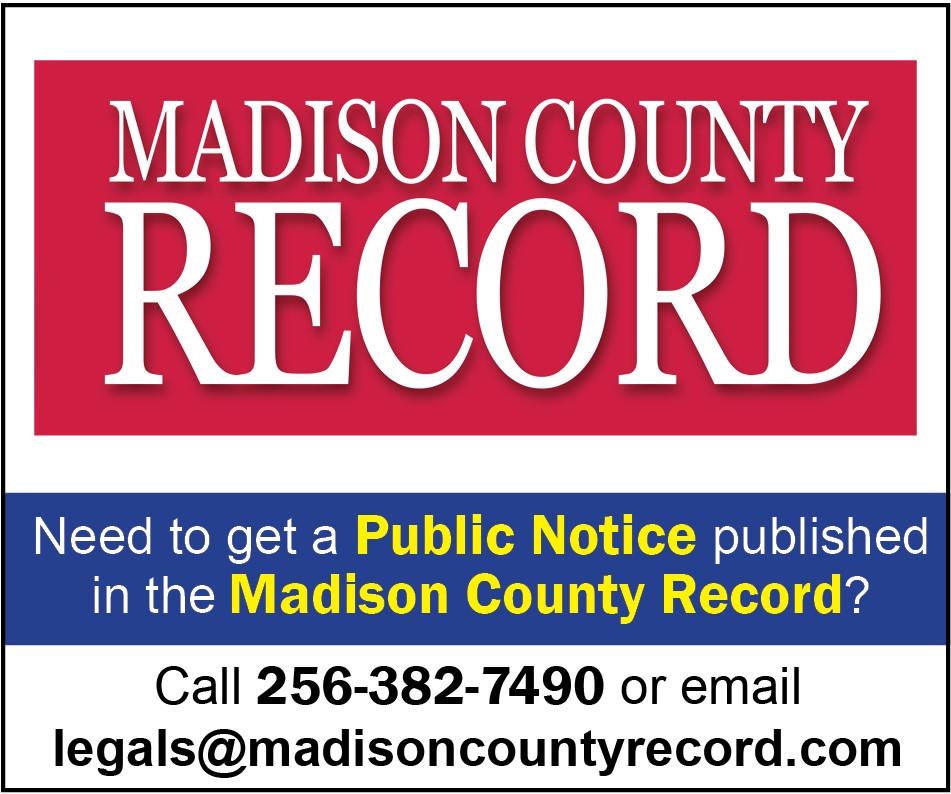Skeletons, goo and blubber? All part of Family Science Night at Heritage
Third-graders encouraged their parents to get their hands gooey and dirty for Family Science Night at Heritage Elementary School.
“Our main objective was for students to demonstrate what they have learned in science this year,” third-grade teacher Melanie Eubanks said. Each station represented a concept from class.
Many science experiments correlated to AMSTI principles (Alabama Math, Science and Technology Initiative).
“Throughout the year, AMSTI provides science kits that allow students to have various activities that are hands-on,” Eubanks said. “What better way to get students interested in science than to have them teach it themselves?”
Approximately 80 people attended Science Night. Ellen Thompson provided many of the needed materials.
After studying barn owls, third-graders and their parents examined owl pellets, or undigested portions of an owl’s food. “These particular pellets were made up of vole bones (a burrowing herbivore) and fur,” Eubanks said.
For the blubber glove experiment, students used their bare hand as a control and a glove filled with Crisco as a variable. They stuck their bare hand and their other hand inside the blubber glove into ice cold water.
“They saw that the blubber was not as cold,” Eubanks said. “This experiment showed students how animals survive in cold places, such as Antarctica.”
“Mock rocks” showed the students that rocks are composed of different minerals. “The students used nails and pretended to be a geologist. Their task was to find the different minerals (sand, gravel, oyster shells) that make up the mock rock,” Eubanks said.
With paper puzzle pieces of skeletons, the Heritage families assembled the bones without using a picture of the human skeleton as a go-by. “After they completed the puzzle, they were allowed to compare their puzzle to the skeleton photo for accuracy,” she said.
“Science Night was a great opportunity to turn the tables and have the students walk their parents through several of the AMSTI science experiments completed so far in third grade,” Eubanks said. “Parents and students who participated had a wonderful time.”
















